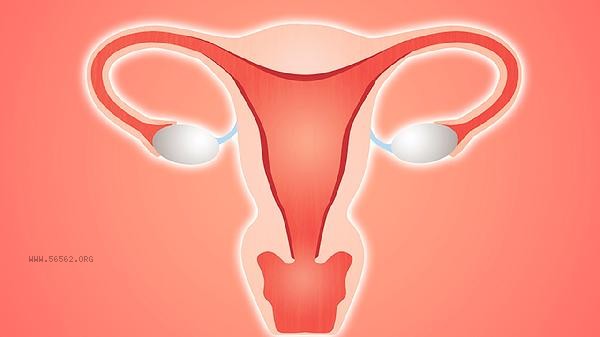The main treatment methods for cervical canal pregnancy include expectant treatment, drug therapy, uterine artery embolization, cervical canal incision and suture surgery, and total hysterectomy. Cervical canal pregnancy refers to a type of ectopic pregnancy in which the fertilized egg implants in the cervical canal, and the appropriate treatment method needs to be selected according to the specific situation of the patient.

1. Expectant treatment
is suitable for patients with early cervical canal pregnancy and no obvious symptoms. By regularly monitoring blood HCG levels and conducting ultrasound examinations, observe whether pregnancy tissues are naturally absorbed. This method is minimally invasive, but requires close follow-up. In case of emergency situations such as vaginal bleeding, it should be immediately switched to other treatments.
2. Drug therapy
Methotrexate is commonly used for conservative treatment, which is suitable for patients with low blood HCG levels and small gestational sacs. Methotrexate can inhibit the proliferation of nourishing cells and promote tissue necrosis and absorption during pregnancy. During treatment, blood routine and liver function should be monitored, and adverse reactions such as bone marrow suppression may occur. Mifepristone can also be used as an adjuvant therapy.
3. Uterine artery embolization
uses interventional radiology to embolize the uterine artery, reducing blood supply to the cervical area and controlling the risk of bleeding. Often used as an adjuvant therapy before surgery or for patients who have failed drug therapy. This method can effectively stop bleeding, but it may temporarily affect ovarian function.

4. Cervical canal cutting and suturing
involves performing vaginal surgery to cut open the cervical canal, extract pregnancy tissue, and suture to stop bleeding, while preserving the integrity of the uterus. Suitable for patients with protruding gestational sac outside the cervix. Uncontrollable massive bleeding may occur during the operation, and blood transfusion preparation is necessary. postoperative prevention of infection and cervical dysfunction is necessary.
5. Total hysterectomy
is suitable for patients with life-threatening bleeding, no fertility requirements, or other uterine diseases. The uterus can be removed through abdominal or vaginal routes to completely solve the bleeding problem. This is the final treatment option, which can lead to permanent loss of fertility and requires careful evaluation.

Patients with cervical canal pregnancy need to have regular blood HCG rechecks to normal levels after treatment, and observe vaginal bleeding. Avoid vigorous exercise and sexual activity within 3 months, and pay attention to perineal hygiene. Diet should be rich in iron and protein, such as lean meat, animal liver, dark vegetables, etc., to help the body recover. If there is abnormal bleeding or abdominal pain, seek medical attention promptly. Before pregnancy, it is recommended to undergo a detailed gynecological examination to evaluate the condition of the cervix.




Comments (0)
Leave a Comment
No comments yet
Be the first to share your thoughts!